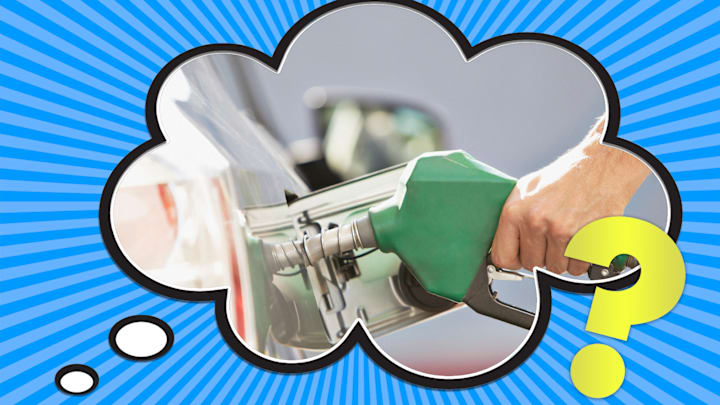The cost of gasoline at the pump is up across the country, but no state appears to be feeling the sting more than California. While some states are still seeing prices under $4 per gallon, the Golden State is currently averaging $5.866 a gallon; residents of Los Angeles County can expect to ring up over $6 per gallon. That’s $2 higher than prices were just one year ago.
Oil prices have, of course, spiked following Russia’s invasion of Ukraine: boycotts of Russian oil have far-reaching effects on global supply. But what is it about California that makes gas steeper than in the rest of the country?
According to The Hill, it’s a confluence of factors, but most of the blame rests on the state’s higher tax rates coupled with tougher emissions standards, both of which can mean as much as $1.27 tacked on to prices—along with a geographic wrinkle.
California is what’s known as a “fuel island,” meaning it doesn’t have fuel funneled to it via cost-conserving interstate pipelines. Instead, fuel is either produced in-state or delivered by ship or truck. Because the fuel is predominantly from out of state (roughly 30 percent is made in-state), the cost of transportation adds to the price at the pump.
A natural solution would be to increase local production, but according to Kevin Slagle of the Western States Petroleum Association, a trade group representing oil and gas producers, the state is having trouble issuing the necessary permits. It’s a time-consuming process that simply isn’t happening fast enough to alleviate the situation.
“We're just not being issued permits,” Slagle told The Hill. “So a fix we could see is … let's get the permits offered to us, get them in the field, let us produce, so that a few months down the line, we've started to increase production.”
Another added expense in the state is a gas surcharge that appeared in 2015 following an ExxonMobil refinery explosion, which amounts to roughly 30 cents per gallon.
Taken as a whole, it’s little wonder California is home to roughly a quarter of the entire country’s fleet of electric vehicles.
[h/t The Hill]
